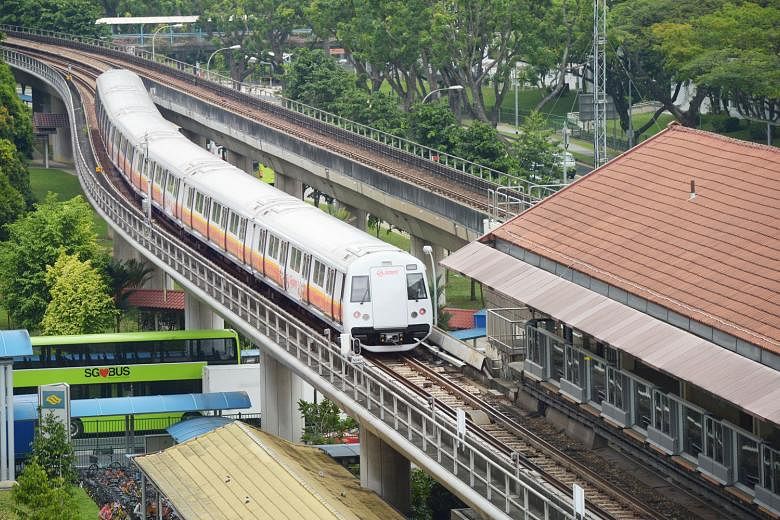News about SMRT's rail operations slipping into the red has become a talking point. This just goes to show how uncommon such an occurrence is.
The fact is Singapore's public transport industry has remained largely profitable for the past decades. This speaks volumes of the sustainability of our financial and operating model for buses and trains. Not many other countries can match that record. In fact, for many Western cities, a public transport operation making money is news.
Already a subscriber? Log in
Read the full story and more at $9.90/month
Get exclusive reports and insights with more than 500 subscriber-only articles every month
ST One Digital
$9.90/month
No contract
ST app access on 1 mobile device
Unlock these benefits
All subscriber-only content on ST app and straitstimes.com
Easy access any time via ST app on 1 mobile device
E-paper with 2-week archive so you won't miss out on content that matters to you


